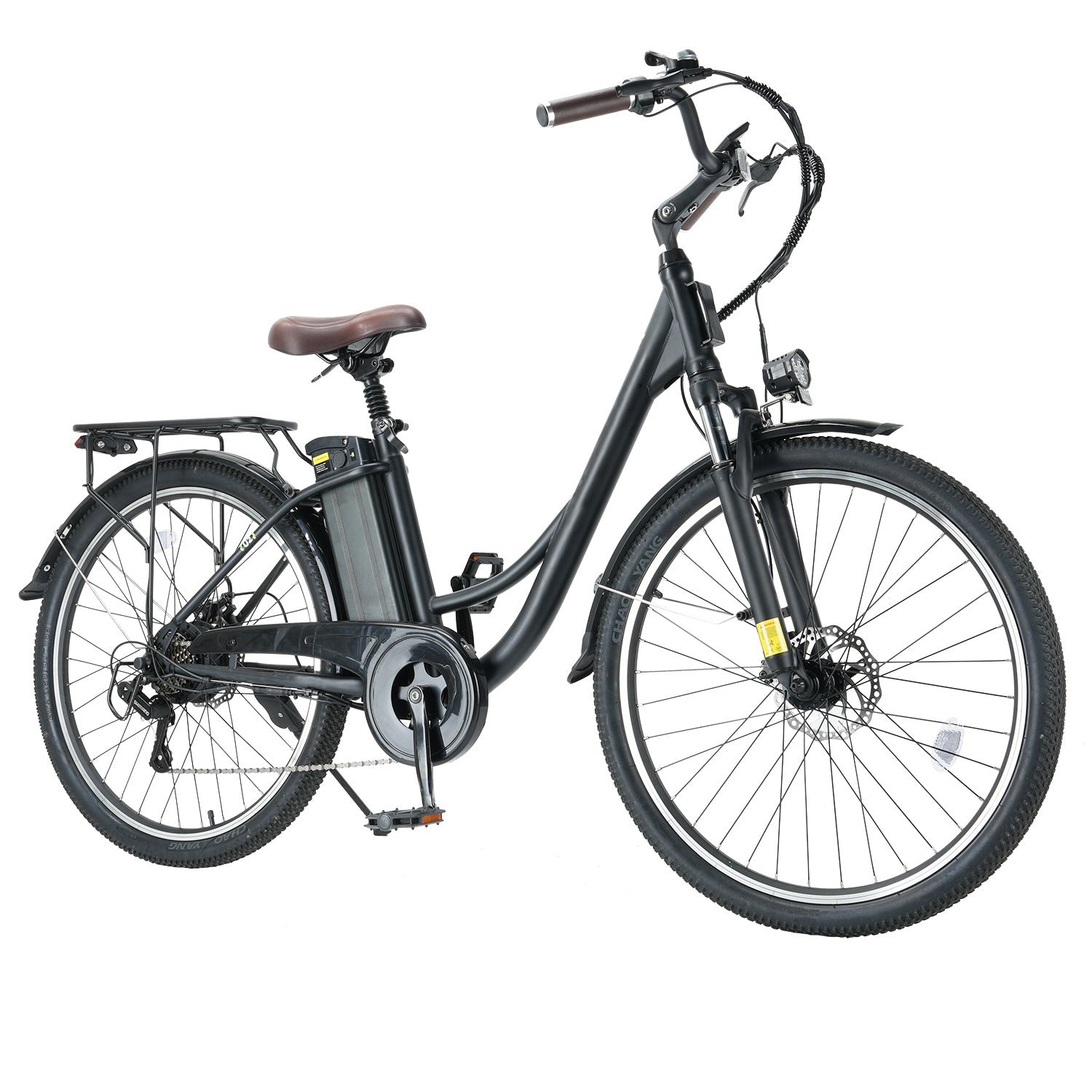Most adult bikers today started riding motorcycles when they were teens, but some picked up riding well into their adulthood. Whatever the case may be, riders must practice every basic safety standard of motorcycle riding regardless of their age or level of experience.
If your teenager insists on riding a motorcycle and won’t let up no matter how much you say ‘no’, it’s probably best to let them ride before they try to do it in secret (and risk getting into an accident even more). Here are some tips on how you can help keep your child safe while learning how to ride and until they can ride on their own.
1. Enroll them in a riding school
Even if you know how to ride a motorcycle and can teach them by yourself, it’s still a good idea to enroll your teen in a formal driving school. Motorcycle driving schools teach basic safety rules in detail and provide more in-depth instruction on how to ride a motorcycle. In fact, many experienced motorcycle accident lawyers recommend that parents enroll their children in riding schools before allowing them to practice on the road.
Many driving schools also test students on their riding abilities before giving them the all-clear. Hence, enrolling them in a program is also a great way to help your child prepare for their driving test while in a safe and controlled environment.
2. Help them practice
Compared to driving a car, it takes more strength, agility, and coordination to ride a motorcycle, which is why your teen may need more practice riding a motorcycle than driving a car. Ensure that their first few weeks of practice are done under the supervision of an experienced rider and on a road where there is minimal traffic. It’s better if you know how to ride a motorcycle yourself so that you can ride alongside them while they are practicing. If not, consider enlisting the help of an experienced rider in your network.
3. Give them proper safety gear
Accidents can happen no matter how careful your teen is while riding. Increase their level of protection by decking them out with proper motorcycle riding gear, including a full-face helmet, eye protection, knee pads, and elbow pads. Even if they moan and groan about it (as most teens do), insist that they wear the complete set of safety gear before they ride.
4. Install a riding app on their phone
There are motorcycle riding apps that can help parents monitor their child’s location and riding speed. Have them install an app on their phone and turn the location on whenever they are riding. In case they get into an accident or get lost, you would know where to find them.
5. Maintain their motorcycle
Most teens have little to no knowledge about motorcycle maintenance, so most of the maintenance tasks will fall into your hands, at least for the first few months. Take the motorcycle to the shop regularly for preventive maintenance and inspection. Educate your child about basic emergency maintenance procedures and how to know if they should get off the bike and call for roadside assistance.
Over time, you can teach them how to take care of their bike on their own. But in the first few months, the only responsibility that you can give them is keeping the bike clean and the tires inflated properly.
.jpg)
6. Have them wear proper clothing
Appropriate riding clothing helps protect your child from superficial injuries if they get into an accident or fall off the bike. Have them wear an abrasion-resistant jacket and pants, riding gloves, and over-the-ankle boots whenever they ride. If they are going out when the sun is gone, make sure that they wear reflective clothing that will allow other motorists to see them on the road.
It’s also a good idea to have them pack extra clothes just in case. They never know when a rain shower is going to happen or if they’re going to drive through the mud.
7. Forbid riding in the rain or snow
It is significantly more difficult to ride a motorcycle when the roads are wet or icy. Unless your teen has a lot of experience riding, forbid them from driving when it is rainy or snowy out, at least until they get more driving experience.
Parents and guardians know just how fearless teens can be, which is exactly the reason why letting them ride a motorcycle can be extremely stressful. However, you can’t stop your child from riding a motorcycle if they really want to, and unless you want them to ride behind your back, it’s best to let them ride with proper safety precautions.












